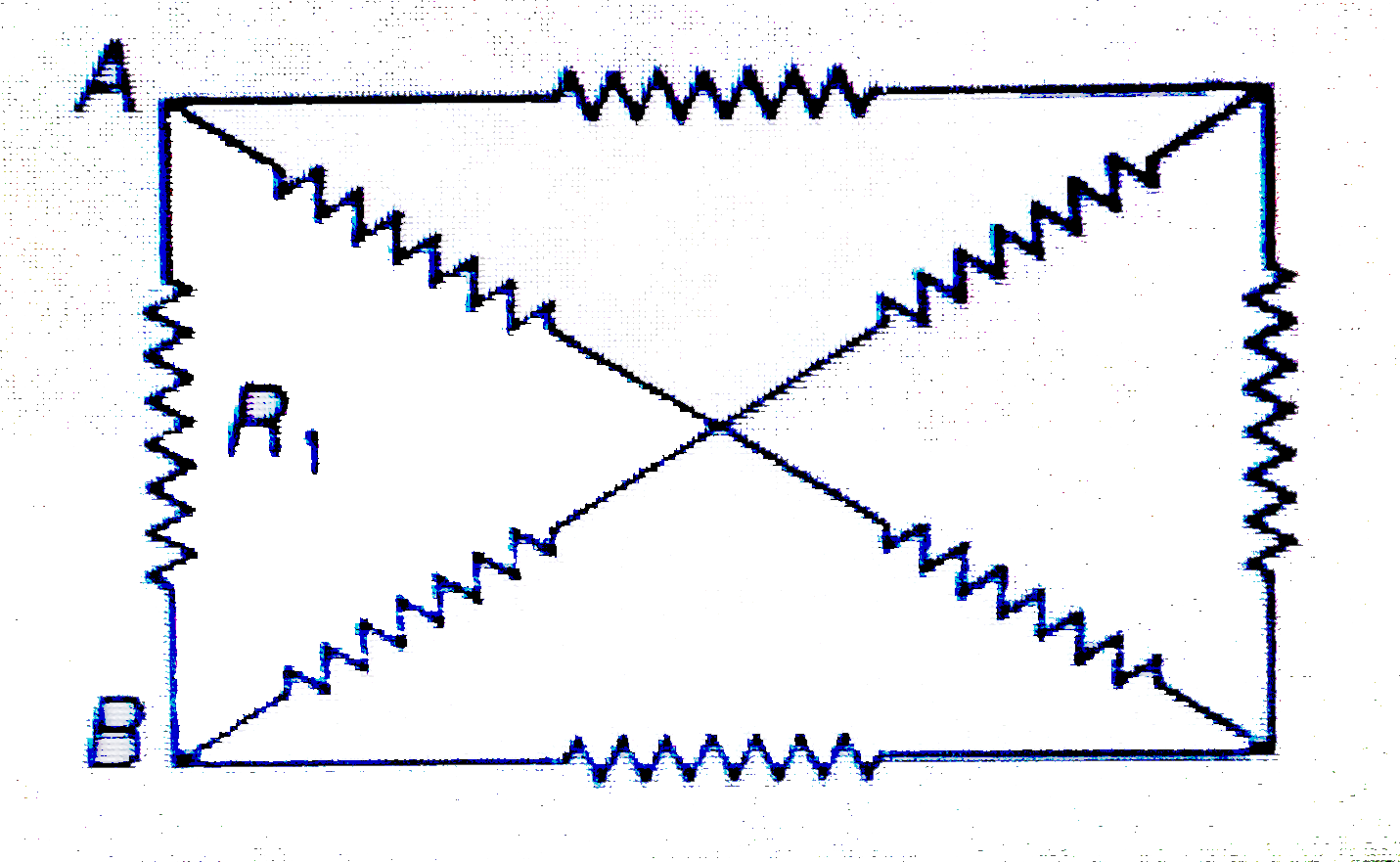What are gums made of ? Is Fevicol different?
Step-by-Step Solution:
1. Understanding Gums:
- Gums are primarily composed of polysaccharides, which are long chains of monosaccharides (simple sugars).
- They are derived from various types of monosaccharides, which are the building blocks of these polysaccharides.
2. Source of Gums:
- Gums are naturally found in plants and are classified as secondary metabolites. This means they are not directly involved in the primary metabolic processes of the plant but serve other functions, such as providing structural support or aiding in water retention.
3. Properties of Gums:
- One of the notable characteristics of gums is their high viscosity, which makes them useful as thickening agents in various applications.
4. Understanding Fevicol:
- Fevicol is a type of adhesive that is different from natural gums.
- It is made from polyvinyl alcohol, which is a synthetic polymer.
5. Comparison of Gums and Fevicol:
- Unlike gums, which are natural polysaccharides, Fevicol is an artificial glue and does not occur naturally.
- The chemical composition of Fevicol (polyvinyl alcohol) is distinct from that of natural gums, which are polysaccharides.
6. Conclusion:
- In summary, gums are made of polysaccharides derived from monosaccharides and are natural products of plants, while Fevicol is a synthetic adhesive made from polyvinyl alcohol and is chemically different from gums.
- Gums are primarily composed of polysaccharides, which are long chains of monosaccharides (simple sugars).
- They are derived from various types of monosaccharides, which are the building blocks of these polysaccharides.
- Gums are naturally found in plants and are classified as secondary metabolites. This means they are not directly involved in the primary metabolic processes of the plant but serve other functions, such as providing structural support or aiding in water retention.
- One of the notable characteristics of gums is their high viscosity, which makes them useful as thickening agents in various applications.
- Fevicol is a type of adhesive that is different from natural gums.
- It is made from polyvinyl alcohol, which is a synthetic polymer.
- Unlike gums, which are natural polysaccharides, Fevicol is an artificial glue and does not occur naturally.
- The chemical composition of Fevicol (polyvinyl alcohol) is distinct from that of natural gums, which are polysaccharides.
- In summary, gums are made of polysaccharides derived from monosaccharides and are natural products of plants, while Fevicol is a synthetic adhesive made from polyvinyl alcohol and is chemically different from gums.
Topper's Solved these Questions
- BIOMOLECULESBOOK - ICSECHAPTER - BIOMOLECULESEXERCISE - NCERT EXERCISES WITH ANSWERS (DIFFERENTIATE BETWEEN)
25 Videos
- BIOMOLECULESBOOK - ICSECHAPTER - BIOMOLECULESEXERCISE - REVIEW QUESTIONS (MULTIPLE CHOICE QUESTIONS)
58 Videos
- BIOMOLECULESBOOK - ICSECHAPTER - BIOMOLECULESEXERCISE - TEST YOUR PROGRESS (HIGHER ORDER THINKING SKILLS QUESTIONS)
8 Videos
- BIOLOGY ISC SAMPLE QUESTION PAPER 2019BOOK - ICSECHAPTER - BIOLOGY ISC SAMPLE QUESTION PAPER 2019EXERCISE - PART-II (SECTION -C)
6 Videos
- BODY FLUIDS AND CIRCULATIONBOOK - ICSECHAPTER - BODY FLUIDS AND CIRCULATIONEXERCISE - DIFFRENTIATE BETWEEN
13 Videos
Similar Questions
What is a nerve made-up of ?
View SolutionIf the matter is made of two of more different elements, then smallest unit of matter is called
View SolutionWater channels are made up of — different types of aquaporins.
View SolutionOur forearm is made of three different bones. Comment.
View SolutionWater channels are made up of different types of
View Solution_______ are made up of eight different types of aquaporins.
View SolutionAs shown, the circuit is made of 8 different resistance. It is found that when R1=4Ω, the resistance between A and B is 2Ω. Now replace R1 by a 6Ω resistor, what is the resistance between A and B ?

View SolutionIn how many ways a garland can be made by using 15 different flowers.
View SolutionIn how many ways a garland can be made by using 15 different flowers.
View SolutionFind the number of groups that can be made from 5 different green balls, 4 different blue balls and 3 different red balls, if atleast 1 green and 1 blue ball is to be included.
View Solution
